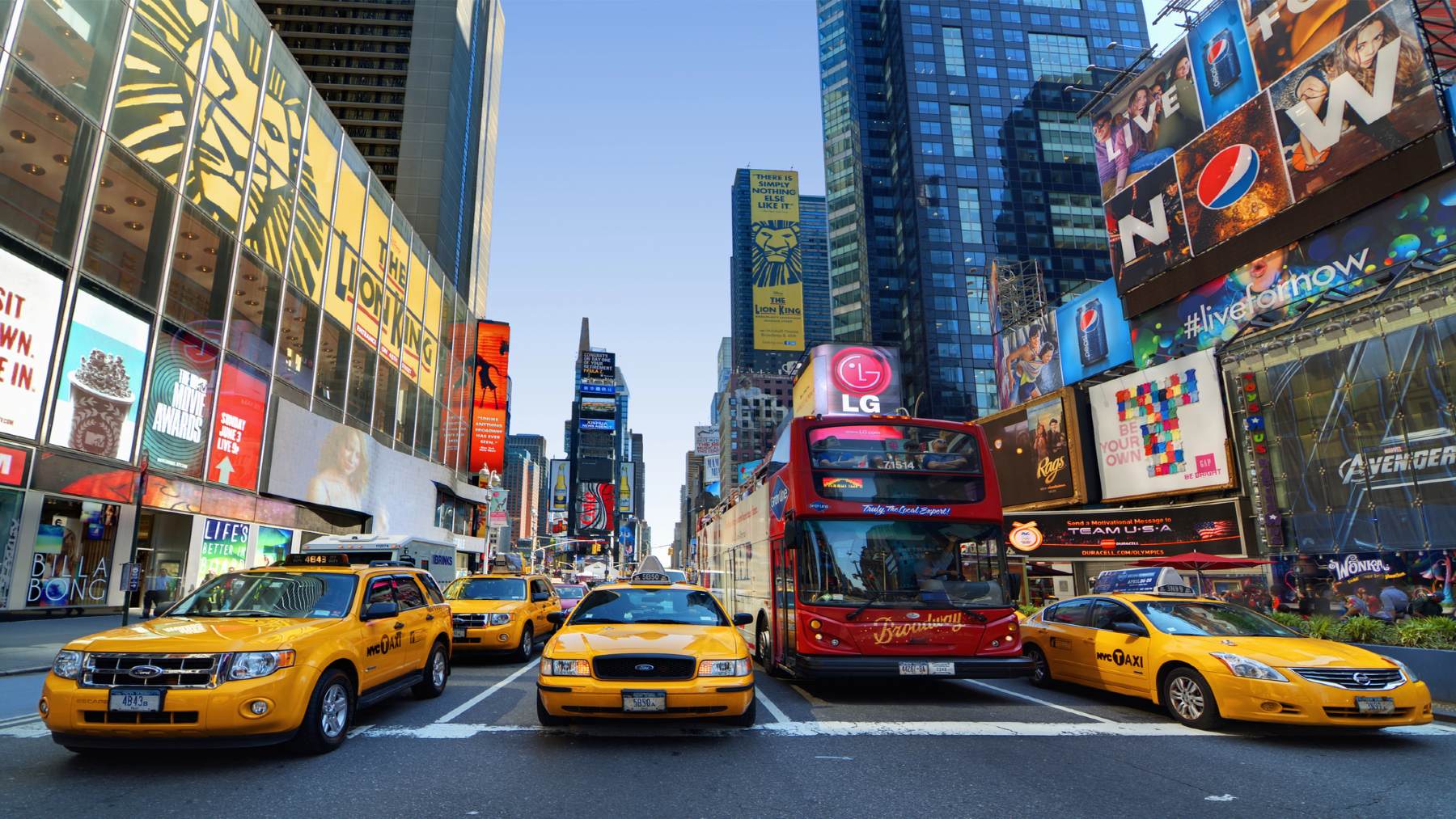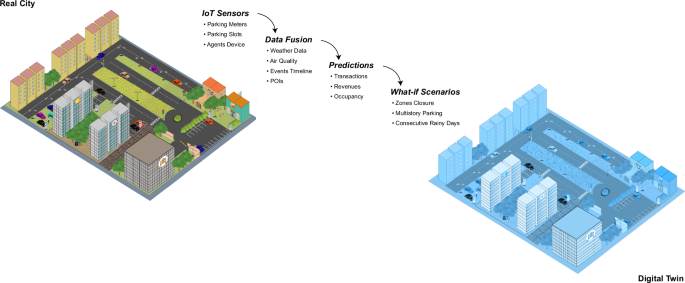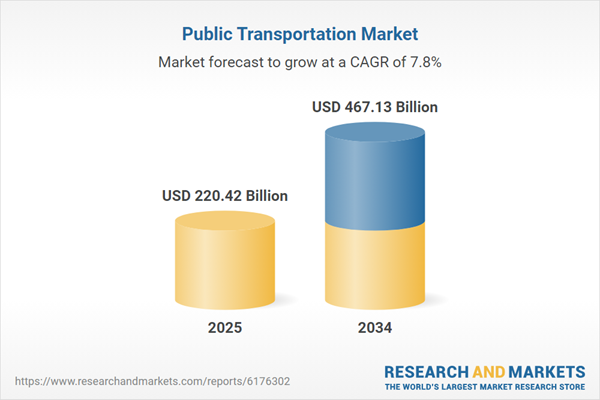Report on the New Boston Crossing Development Proposal and its Alignment with Sustainable Development Goals
1.0 Introduction
The Lawrence-Douglas County Planning Commission has approved a comprehensive plan amendment for the New Boston Crossing development. This decision highlights the ongoing challenge of balancing urban expansion with key principles of the Sustainable Development Goals (SDGs), particularly those concerning sustainable communities, environmental protection, and social equity. The project will now proceed to the Lawrence City Commission and Douglas County Commission for further consideration.
2.0 Project Scope and Potential SDG Contributions
The proposed mixed-use development encompasses approximately 177 acres. Its components have direct implications for several SDGs:
- Kaw Valley Sports Complex: Occupying 38 acres, this facility is designed to promote physical activity and community engagement, aligning with SDG 3 (Good Health and Well-being).
- Commercial and Entertainment Districts: A combined 46 acres are allocated for a hotel, retail, and entertainment venues, intended to foster local economic activity and create employment, contributing to SDG 8 (Decent Work and Economic Growth).
- Residential Housing: The plan includes an apartment complex with 300 to 400 units, addressing the need for adequate housing as outlined in SDG 11 (Sustainable Cities and Communities).
- Public Open Space: Approximately 70 acres are designated as open space, which supports SDG 11.7 by providing access to safe, inclusive, and accessible green spaces.
3.0 Public Comment and Opposition: A Focus on Sustainability Deficits
Significant public opposition was registered, with nearly 30 individuals raising concerns that directly challenge the project’s sustainability credentials. These concerns are categorized below according to relevant SDGs.
3.1 Environmental and Ecological Integrity (SDG 13, SDG 15)
Community members cited numerous potential negative impacts on the local ecosystem:
- Harm to Wildlife and Natural Habitats: The development is situated in the Wakarusa River Valley, an area of ecological sensitivity. Concerns were raised about the project’s threat to biodiversity, a core tenet of SDG 15 (Life on Land).
- Environmental Degradation: Issues such as light pollution from the sports complex and the overall environmental footprint of the 177-acre development were highlighted as contrary to the goals of protecting terrestrial ecosystems (SDG 15) and taking action on climate change (SDG 13).
3.2 Social Justice and Cultural Heritage (SDG 10, SDG 16)
A primary theme of the opposition was the project’s failure to address historical injustices and protect cultural heritage:
- Indigenous Rights and History: Speakers from the Indigenous community, including a representative of the Peoria and Miami nations, emphasized a history of opposition to development in the area. They framed the proposal as a continuation of oppressive policies that disregard Indigenous heritage, conflicting with SDG 10 (Reduced Inequalities) and SDG 16 (Peace, Justice and Strong Institutions), which calls for inclusive decision-making.
- Economic Equity: The argument was made that the project prioritizes short-term profits for external developers over the long-term health and well-being of the local community, questioning the equitable nature of the economic growth envisioned under SDG 8.
4.0 Commission Decision and Governance Implications (SDG 16)
The Planning Commission’s deliberation reflected the complexities of institutional governance in sustainable urban planning. While acknowledging the public’s strong opposition and the need for broader updates to comprehensive plans, the majority voted to advance the amendment. The 5-3 vote in favor of the amendment signifies a decision to proceed with the current request rather than delay it for more comprehensive planning updates. This process underscores the procedural aspects of SDG 16, which focuses on effective, accountable, and inclusive institutions at all levels.
5.0 Conclusion and Future Actions
The approval of the comprehensive plan amendment is a preliminary step. The New Boston Crossing project must still undergo further reviews, including rezoning requests, by the Lawrence City Commission and Douglas County Commission. The extensive public concerns regarding environmental sustainability (SDG 13, 15) and social equity (SDG 10, 16) will remain central to future deliberations as the city evaluates its commitment to creating a truly sustainable and inclusive community as envisioned by the Sustainable Development Goals.
SDGs, Targets, and Indicators Analysis
SDGs Addressed in the Article
-
SDG 11: Sustainable Cities and Communities
The article is centered on a large-scale urban development project, “New Boston Crossing,” which involves planning for mixed-use land, including housing, commercial districts, and public spaces. The entire narrative revolves around the process of urban planning, land use amendment, and the social and environmental implications for the community.
-
SDG 15: Life on Land
A significant portion of the article is dedicated to the opposition from community members who raise specific concerns about the project’s negative effects on the natural environment. They cite “environmental impacts,” “potential harm to wildlife,” and the degradation of the natural landscape in the Wakarusa River Valley, directly connecting the development to the health of terrestrial ecosystems.
-
SDG 10: Reduced Inequalities
The article highlights the historical and cultural dimensions of the land dispute, particularly through the voice of the Indigenous community. Courtney King’s statement about the “broader history of the land and colonization” and “oppressive policies” points to the ongoing struggle of Indigenous peoples for inclusion and recognition in development decisions that affect their ancestral lands and heritage.
-
SDG 16: Peace, Justice and Strong Institutions
The article details a formal governance process: a meeting of the Lawrence-Douglas County Planning Commission. It describes the public comment session, the commissioners’ debate, and the final vote. This illustrates the functioning of local institutions and the mechanism for public participation in decision-making, which are central to this goal.
Specific SDG Targets Identified
-
SDG 11: Sustainable Cities and Communities
- Target 11.1: By 2030, ensure access for all to adequate, safe and affordable housing and basic services and upgrade slums.
The development plan includes an “apartment complex with 300 to 400 units,” which directly addresses the provision of new housing within the city.
- Target 11.3: By 2030, enhance inclusive and sustainable urbanization and capacity for participatory, integrated and sustainable human settlement planning and management in all countries.
The article describes the “comprehensive plan amendment” process and the public meeting, which is a direct example of participatory human settlement planning. The conflict between developers, the public, and the commission highlights the challenges of achieving “inclusive and sustainable urbanization.”
- Target 11.7: By 2030, provide universal access to safe, inclusive and accessible, green and public spaces, in particular for women and children, older persons and persons with disabilities.
The project proposal explicitly allocates land for public use, including “about 70 acres of open space” and a 38-acre “Kaw Valley Sports Complex,” which are forms of green and public spaces.
- Target 11.1: By 2030, ensure access for all to adequate, safe and affordable housing and basic services and upgrade slums.
-
SDG 15: Life on Land
- Target 15.5: Take urgent and significant action to reduce the degradation of natural habitats, halt the loss of biodiversity and, by 2020, protect and prevent the extinction of threatened species.
Public commenters voiced concerns about “potential harm to wildlife in the area,” which directly relates to preventing the degradation of natural habitats and the loss of biodiversity that would result from the 177-acre development.
- Target 15.9: By 2020, integrate ecosystem and biodiversity values into national and local planning, development processes, poverty reduction strategies and accounts.
The debate at the planning commission meeting is a clear example of the struggle to integrate ecosystem values into local development planning. The opposition’s arguments about “harming the natural environment” are an attempt to force the consideration of these values in the decision-making process.
- Target 15.5: Take urgent and significant action to reduce the degradation of natural habitats, halt the loss of biodiversity and, by 2020, protect and prevent the extinction of threatened species.
-
SDG 10: Reduced Inequalities
- Target 10.2: By 2030, empower and promote the social, economic and political inclusion of all, irrespective of age, sex, disability, race, ethnicity, origin, religion or economic or other status.
The article features testimony from a representative of the Indigenous community, who states that they have “consistently opposed building and developing in the Wakarusa River Valley.” This highlights the political struggle of a specific ethnic group to have their historical and cultural concerns included in contemporary planning decisions.
- Target 10.2: By 2030, empower and promote the social, economic and political inclusion of all, irrespective of age, sex, disability, race, ethnicity, origin, religion or economic or other status.
-
SDG 16: Peace, Justice and Strong Institutions
- Target 16.7: Ensure responsive, inclusive, participatory and representative decision-making at all levels.
The article documents a key part of the local decision-making process. The fact that “Almost 30 people showed up to give public comment” and spoke for “well more than an hour” is a direct illustration of a participatory mechanism designed to make institutional decisions more inclusive and representative.
- Target 16.7: Ensure responsive, inclusive, participatory and representative decision-making at all levels.
Indicators for Measuring Progress
-
SDG 11: Sustainable Cities and Communities
- Number of new housing units: The article provides a specific number for this indicator, stating the plan includes an “apartment complex with 300 to 400 units.”
- Area of land dedicated to public and green space: The article quantifies this by mentioning “about 70 acres of open space” and a “38 acres” sports complex are part of the plan.
-
SDG 15: Life on Land
- (Implied) Assessment of environmental impact: The article does not provide a metric, but the public’s concerns about “environmental impacts,” “harm to wildlife,” and “light pollution” imply that indicators measuring the project’s effect on local biodiversity and ecosystems are necessary to assess progress toward this goal.
-
SDG 16: Peace, Justice and Strong Institutions
- Level of public participation in planning processes: The article provides a direct quantitative indicator for this target by stating, “Almost 30 people showed up to give public comment.” This number serves as a measure of citizen engagement in the local planning process.
Summary Table: SDGs, Targets, and Indicators
| SDGs | Targets | Indicators |
|---|---|---|
| SDG 11: Sustainable Cities and Communities | 11.1 (Housing), 11.3 (Participatory Planning), 11.7 (Public Space) | Number of new housing units (300-400); Area of open space (70 acres) and sports complex (38 acres). |
| SDG 15: Life on Land | 15.5 (Halt Biodiversity Loss), 15.9 (Integrate Ecosystem Values into Planning) | (Implied) Assessment of environmental impacts, harm to wildlife, and light pollution. |
| SDG 10: Reduced Inequalities | 10.2 (Promote Social and Political Inclusion) | Inclusion of Indigenous community perspectives in the planning process. |
| SDG 16: Peace, Justice and Strong Institutions | 16.7 (Participatory Decision-Making) | Number of people participating in public comment (Almost 30). |
Source: lawrencekstimes.com






